Vintage Tribal Kilim Runner 2' 7" x 11' 6" (31" x 138")
Type:
Kilim RugsCollection:
Tribal RunnersID:
K0077473Size:
Material:
The designs feature a rich array of symbols representing tribal culture and Anatolian motifs, often in the form of medallions, diamonds, and other geometric shapes.
The designs feature a rich array of symbols representing tribal culture and Anatolian motifs, often in the form of medallions, diamonds, and other geometric shapes. These kilim runners are ideal for hallways and narrow spaces, offering a touch of ethnic charm and artisanal quality to any interior.
Herki kilims not only serve as functional floor coverings but also as artistic expressions of tribal identity, making each rug a unique cultural artifact.
Design Elements
- Pattern Structure:
- The design showcases a symmetrical layout that enhances balance within the composition.
- Large diamond shapes and geometric motifs dominate the runner, giving it a rhythmic flow.
- Smaller repeating patterns within larger shapes contribute to the intricacy of the design.
- Texture:
- The kilim runner features a flatwoven texture typical of tribal rugs, creating a smooth surface ideal for various settings.
- The weaving technique provides durability and a tactile quality that invites touch.
- Fringe:
- The fringe at both ends is an essential design element, adding an authentic rustic charm.
- This component signifies the craftsmanship involved in creation and enhances the overall aesthetic appeal.
Colors
- Color Palette:
- Rich earth tones dominate, including deep browns, burnt oranges, and warm reds.
- Pops of lighter colors such as cream, pink, and yellow provide contrast and draw attention to the patterns.
- The color scheme reflects natural dyes typically used in traditional tribal kilims, emphasizing their organic roots.
- Symbolic Colors:
- Brown often symbolizes stability and grounding.
- Red may represent life, strength, and vitality.
- Pinks and yellows often denote warmth, happiness, and positivity.
Main Motifs and Their Symbolism
- Diamond Shapes:
- Represent protection and the intersection of life paths, symbolizing unity and connection.
- They embody the idea of fertility and abundance in many tribal cultures.
- Geometric Patterns:
- Geometric forms often symbolize elements of the natural world, such as mountains, rivers, and stars.
- The repetitive nature signifies continuity and the cyclical essence of life.
- Color Placement:
- Strategic placement of colors within motifs may represent different seasons or aspects of life.
- The blend conveys harmony and balance amidst the chaos of life.
Summary
The vintage tribal kilim runner combines intricate geometric patterns and a rich color palette reflective of natural dyes. The symmetrical design, straddling the use of diamond shapes, and earthy tones emphasizes unity, stability, and a connection to nature. Key motifs convey essential life symbols such as protection and abundance, all contributing to the cultural significance and aesthetic charm of this remarkable textile.
- Ships in 1-4 business days
- Only one in stock, handmade, unique
- Free shipping via FedEx Express. Easy returns
- Contact us or add a note to your order if you want us to delay your shipping.
- Request more info if you want this rug shorter or narrower
Colors may appear slightly different across various monitors due to screen settings device differences, and external lighting conditions. If color accuracy is important for your space, we recommend viewing the rug on multiple devices or contacting us for a detailed color description. We can provide detailed photos and references using Sherwin-Williams, Benjamin Moore, Pantone, or even Crayola crayons.
You can also visualize most of our products in your own room with AR (augmented reality) on an iPhone or iPad.
Return Policy
Need a rug pad? We recommend RugPadUSA
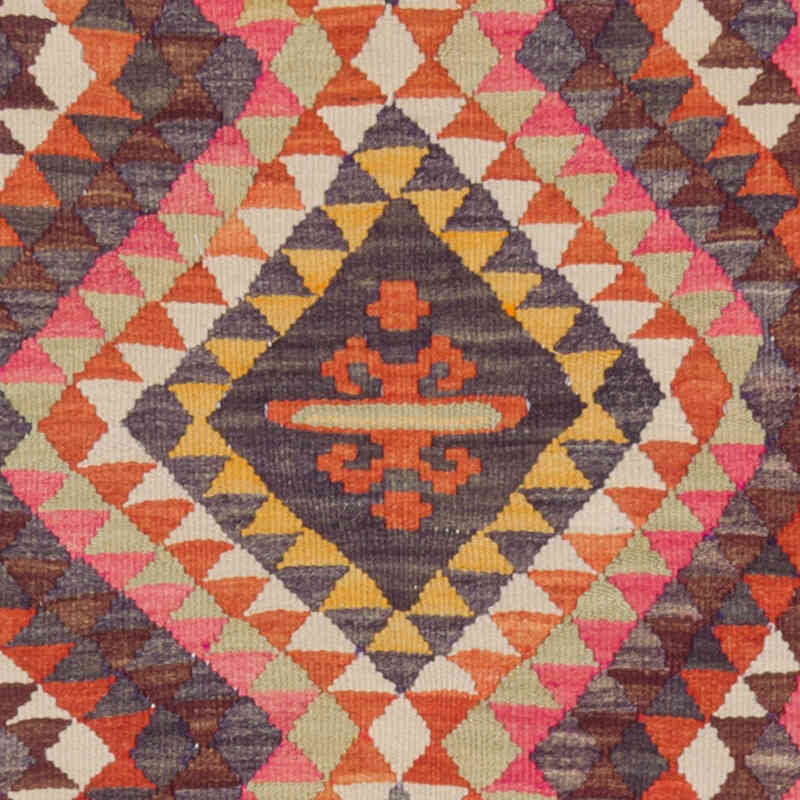

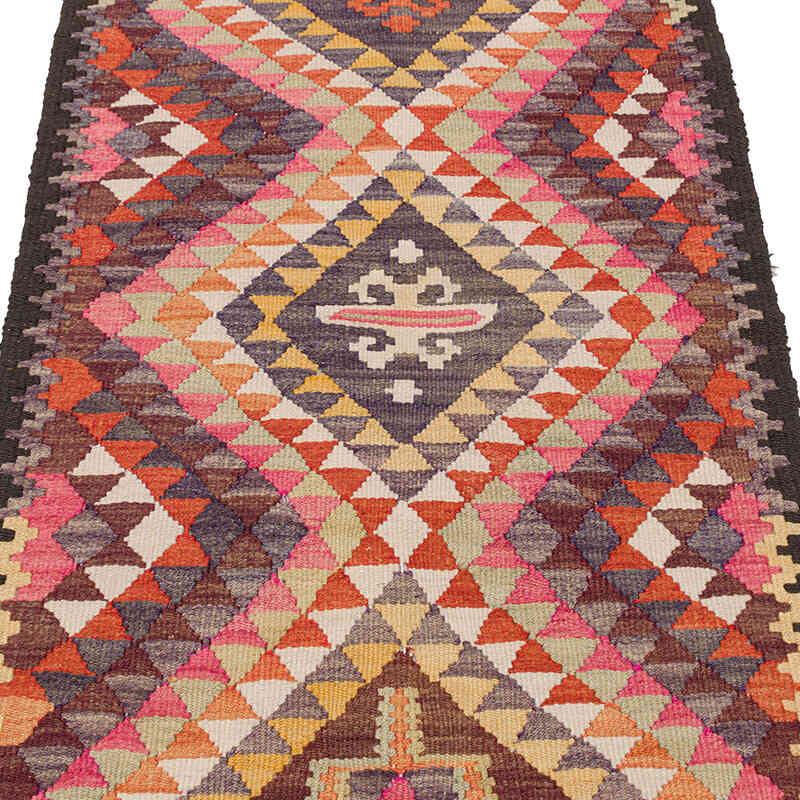
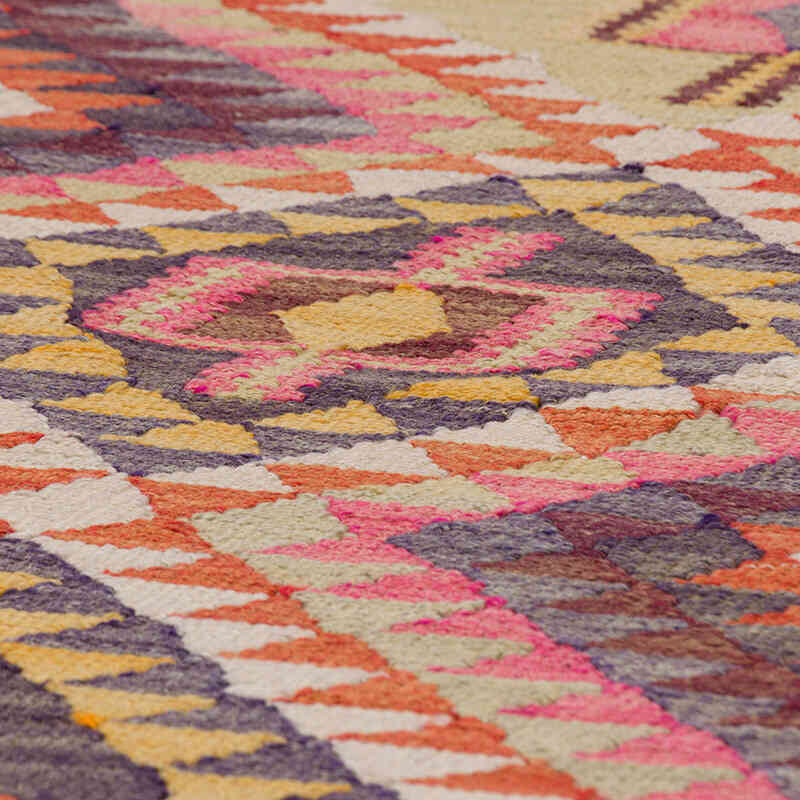
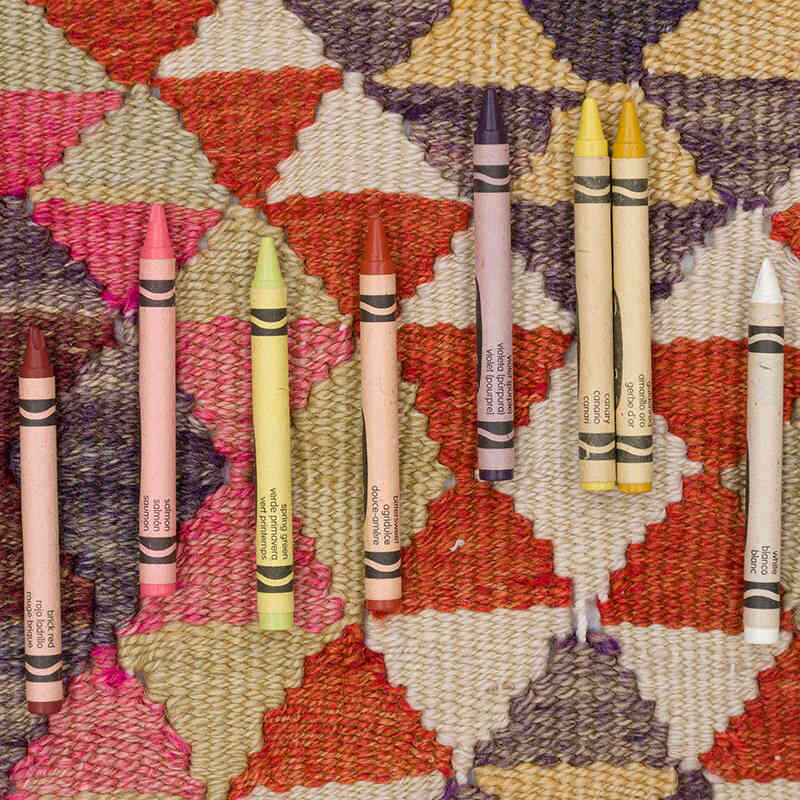
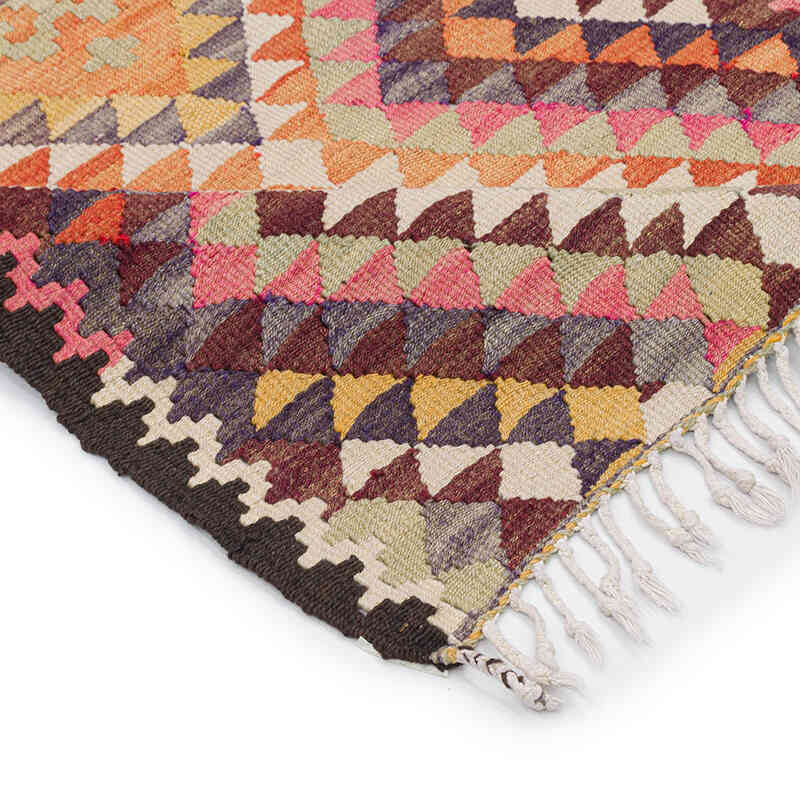
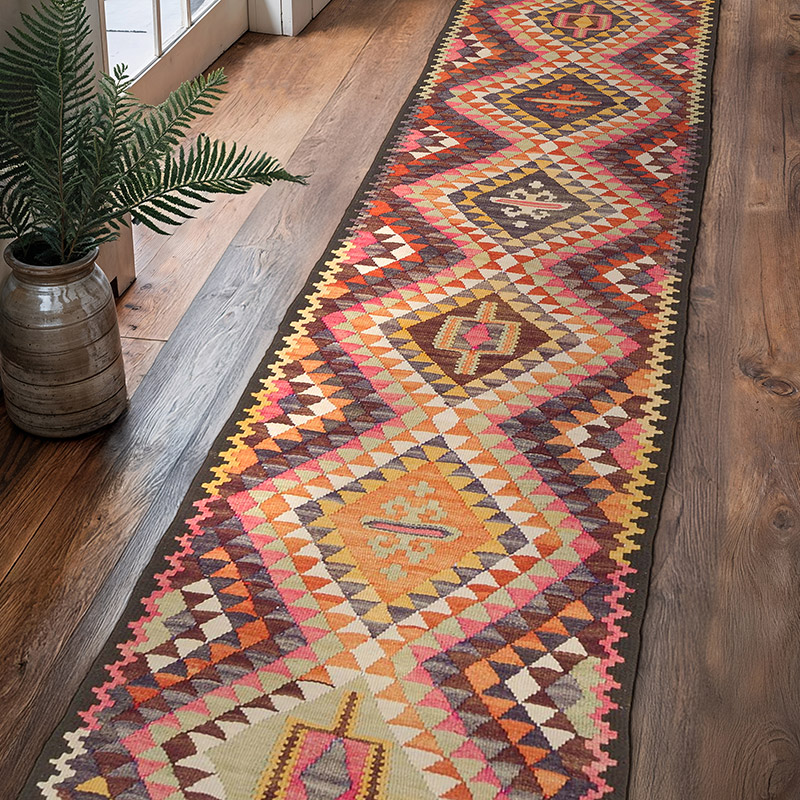
















A 5 Star experience from beginning to…